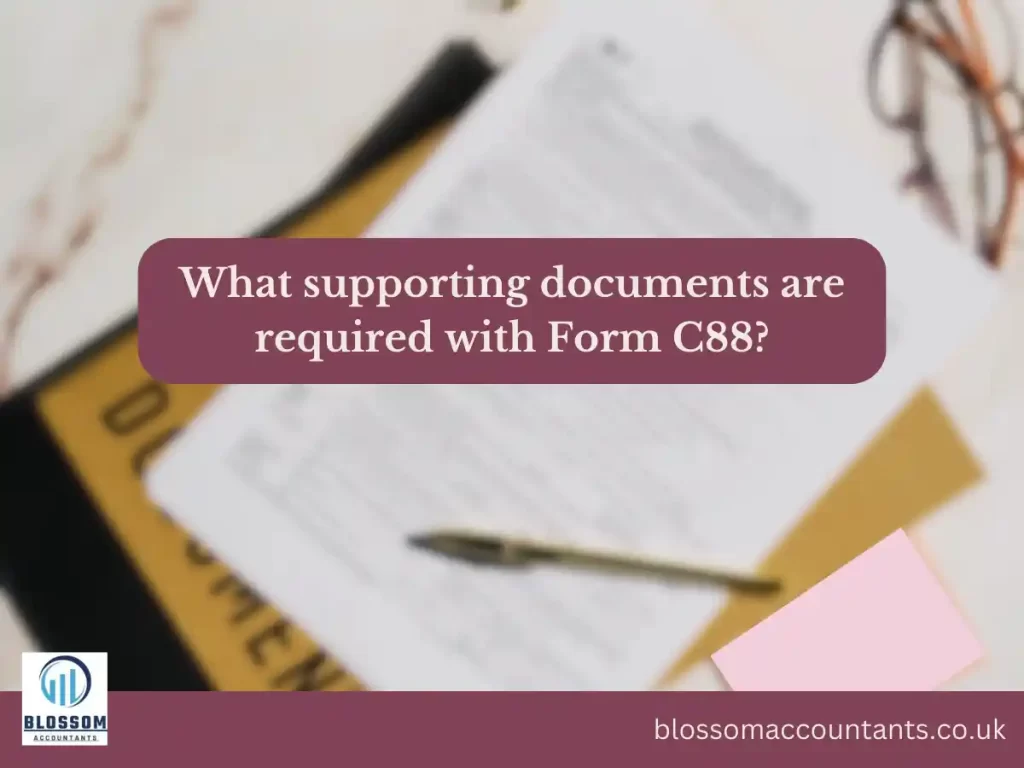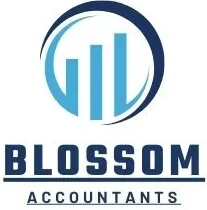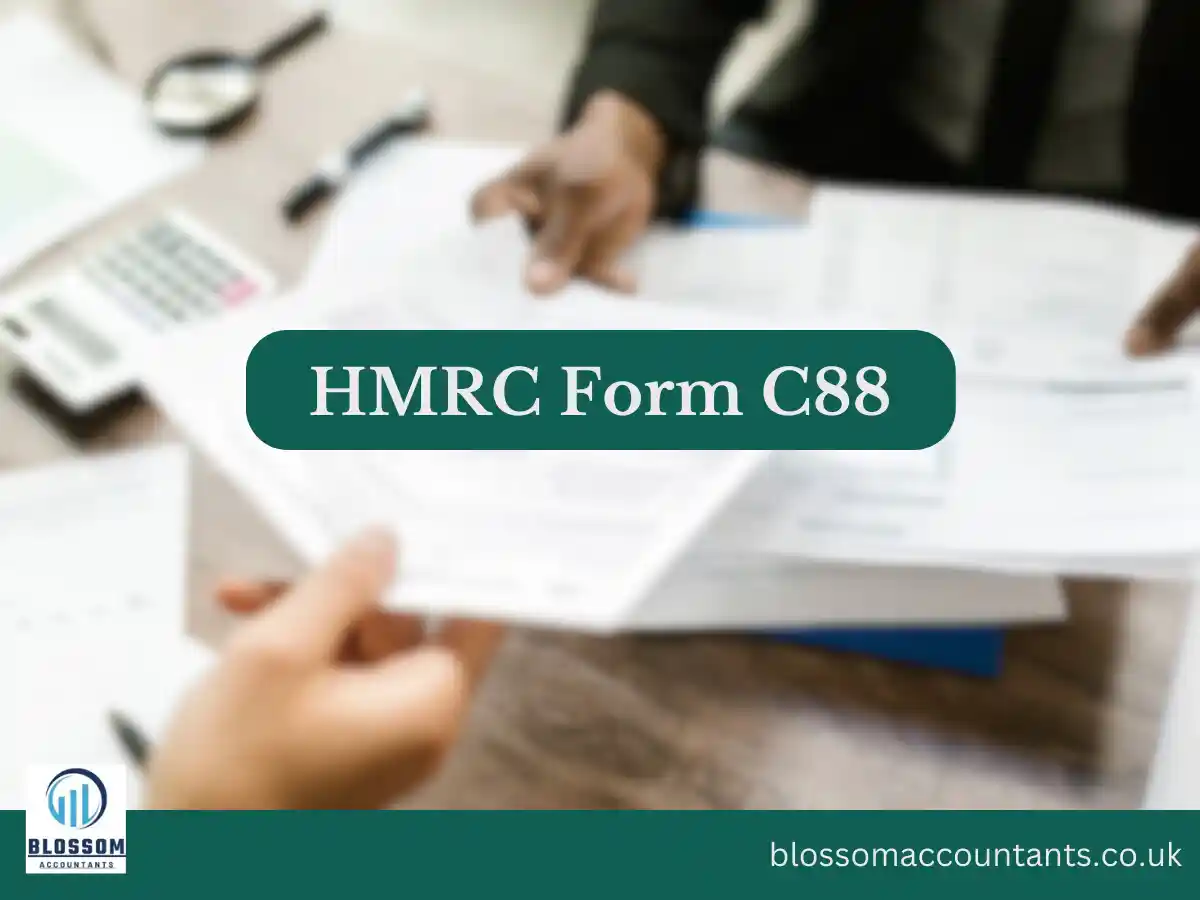HMRC Form C88 is a crucial document used for customs clearance when importing goods into the United Kingdom. It is used to provide necessary information about the imported goods, such as their value, origin, and classification, to HM Revenue and Customs (HMRC).
In this article, we will explore the purpose of HMRC Form C88, its key sections, and the process of completing and submitting the form. We will also address common questions and provide valuable insights regarding the form.
Table of Contents
What is the purpose of HMRC Form C88?
HMRC Form C88 is used for customs clearance purposes when importing goods into the UK. It provides essential information to HMRC regarding the imported goods, including their value, origin, and classification. This information helps HMRC assess the appropriate customs duties and taxes that need to be paid.
Who needs to complete Form C88?
Form C88 is typically completed by importers or their agents who are responsible for importing goods into the UK. It is a legal requirement to provide accurate and complete information on the form to ensure compliance with customs regulations.
What are the key sections of Form C88?
Form C88 consists of several sections, including:
Importer/Consignee Details:
This section requires information about the importer or consignee, such as their name, address, and contact details.
Supplier/Exporter Details:
Here, you provide details of the supplier or exporter, including their name, address, and contact information.
Description of Goods:
This section requires a detailed description of the imported goods, including their quantity, weight, and packaging.
Customs Procedure Codes:
These codes indicate the customs procedures applicable to the imported goods, such as temporary admission or customs warehousing.
Customs Value:
This section requires information about the value of the goods, including the price paid or payable, any additional costs, and the currency used.
Origin of Goods:
Here, you provide details about the country of origin of the goods and any applicable preferential trade agreements.
Tariff Classification:
This section requires the classification of the goods according to the UK Trade Tariff. The correct tariff code determines the customs duties and taxes applicable to the goods.
Customs Declaration:
This section is a declaration of the accuracy and completeness of the information provided on the form.

How do I complete Form C88 accurately?
To complete Form C88 accurately, follow these steps:
Gather all the necessary information about the imported goods, including their description, value, origin, and tariff classification.
Provide accurate and complete details about the importer, supplier, and other relevant parties.
Ensure that the customs procedures and codes selected are appropriate for the specific circumstances of the import.
Use the correct tariff code for the goods, ensuring accurate classification according to the UK Trade Tariff.
Double-check all the information provided on the form for accuracy and completeness before submission.
Can Form C88 be submitted electronically?
Yes, Form C88 can be submitted electronically through the Customs Handling of Import and Export Freight (CHIEF) system. Electronic submission offers convenience and faster processing of customs clearance.
Are there any penalties for incorrect or incomplete information on Form C88?
Providing incorrect or incomplete information on Form C88 can result in penalties and delays in customs clearance. It is essential to ensure the accuracy and completeness of the information provided to avoid any potential penalties or disruptions to the import process.

What happens after submitting Form C88?
After submitting Form C88, HMRC will review the information provided and assess the appropriate customs duties and taxes based on the value, origin, and classification of the imported goods. If there are no issues or discrepancies, the goods will be cleared for entry into the UK.
Can I make amendments to Form C88 after submission?
If you realize that you made an error on Form C88 after submission, you should contact HMRC as soon as possible to rectify the mistake. Depending on the nature and extent of the error, HMRC will guide you on the necessary steps to correct it.
What supporting documents are required with Form C88?
Along with Form C88, you may be required to provide supporting documents, such as commercial invoices, packing lists, and certificates of origin, depending on the nature of the imported goods and any specific requirements from HMRC or other government agencies.

Can I use a customs agent to complete Form C88?
Yes, many importers choose to work with customs agents or freight forwarders who have expertise in customs procedures. These professionals can assist in completing and submitting Form C88 accurately, ensuring compliance with customs regulations.
Conclusion of HMRC Form C88:
When importing products into the UK, HMRC Form C88 is essential for customs clearance. Importers may assure compliance with customs requirements and the seamless flow of products by giving precise and comprehensive information on the form. Before submitting Form C88, it is critical to comprehend the major parts, acquire all relevant information, and properly examine the form. Importers may efficiently manage the customs clearance process and achieve their import requirements by following these instructions and consulting with customs specialists as required.
DISCLAIMER: We have written the UK accounting and tax related details for your information only. For professional advice or for any accounting task you require, you may need to speak to a professional accountant near you who can assist you. Please read our disclaimer for more details.

